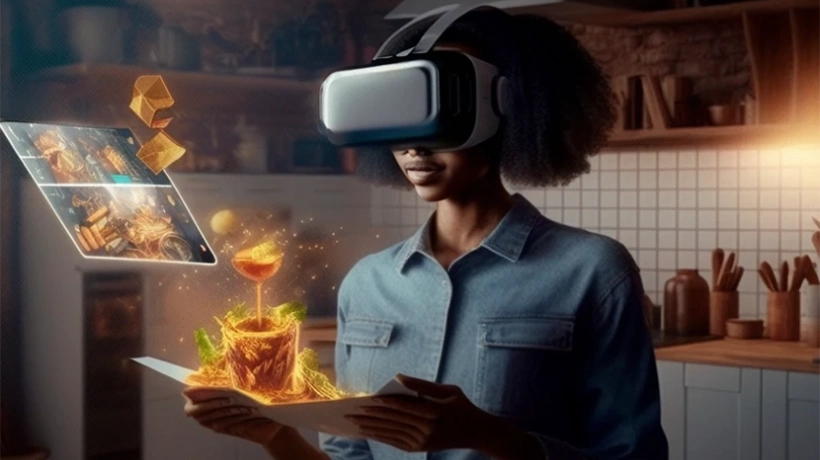
Spatial Computing is emerging as a revolutionary technology that promises to radically transform our experience with the digital world. This innovation is based on the ability to unite the physical and digital world through the use of sensors, cameras and advanced algorithms. It is an evolutionary project that is part of the famous digital transformation that we are already experiencing since the introduction of the first personal computers.
Spatial Computing opens the door to a world of possibilities where the digital world blends harmoniously with the physical. This has the potential to enhance many facets of our daily life, from education to medicine, to entertainment and beyond.
One of the main applications of Spatial Computing is Augmented Reality (AR), which overlaps digital elements to the real world. This has a significant impact in areas such as gaming, education and medicine, enabling more immersive and informative experiences. It allows you to interact naturally with the digital environment. Gestures, movements and voice commands are recognized and translated into digital actions.
Spatial Computing is revolutionizing e-commerce by allowing shoppers to "try" products digitally before buying, improving the online shopping experience. It is also revolutionizing the construction industry, allowing designers and workers to visualize design changes in real time and improve the accuracy of construction.
Its contribution also leaves companies to meet the needs of billions of citizens. Spatial Computing technologies make it possible to improve navigation, both for drivers with augmented reality in car windscreens, and for pedestrians through digital information integrated into their visions.
It is also critical in medicine, allowing surgeons to overlay vital data directly on the patient during operations, improving accuracy and safety.
But what are the tools that allow us to achieve all this? In terms of Spatial Computing, we can convert virtually any physical object into a hologram, giving rise to what we call "Virtual Transformation". This represents a new phase in the evolution of the digital transition, involving a wide range of objects. Virtual Transformation is redefining the way we interact with the world. This innovative technology allows us to transform physical objects into holograms, opening up new possibilities in the digital landscape.
Through the concept of metaverse, Virtual Transformation is taking 3D reality to the next level. Spatial Computing transforms environments, individuals, and physical objects into data, enabling more immersive experiences.
However, the real breakthrough does not lie in the complete virtualization of the physical world, but rather in the harmonious integration between virtual and real elements. With Virtual Transformation devices, we can interact with virtual objects as we move in the real world, opening up new perspectives for technological innovation.
Thanks to the innovative Spatial Computing devices, it will be possible to walk the streets interacting with virtual objects visible only through specific equipment, similar to the integration of smartphones in our daily habits in the early 2000s.

Viola Meacci, student of Biomedical Engineering at the University of Pisa, has always been interested in the world of journalism. In her job, she explored the world of blockchain, cryptocurrencies, NFT and metaverse which she now very is passionate about it .





